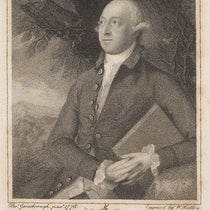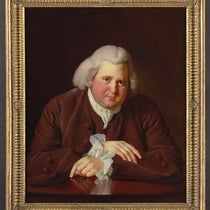Scientist of the Day - Deodat de Dolomieu




Déodat de Dolomieu, a French geologist, was born June 23, 1750. Dolomieu is somewhat familiar to students of geology, because he discovered dolomite, a mineral similar to but chemically distinct from limestone, and later named after Dolomieu (second image). A range of mountains in north-eastern Italy, made mostly of Dolomieu’s mineral, are known as the Dolomites (third image).
But today we address Dolomieu’s last years, which were not happy ones. Dolomieu had been a member of the Knights of Malta when quite young, and then he and the Order parted ways. Much later, in 1798, at the age of 48, Dolomieu was enlisted for Napoleon’s expedition to Egypt, and on the way across the Mediterranean, Dolomieu had used his familiarity with the Knights of Malta to help negotiate the surrender of Malta to Napoleon. This infuriated the Grand Master. Later, Dolomieu became ill in Egypt and was sent home. And wouldn’t you know it, during a storm, Dolomieu’s ship was cast ashore at a town sympathetic to the Maltese. Dolomieu was turned over to the Order and harshly imprisoned for almost two years. France eventually negotiated Dolomieu’s release in 1801. But by then it was really too late, as Dolomieu died within the year.
In our 2006 exhibition, Napoleon and the Scientific Expedition to Egypt, we displayed a group portrait of Napoleon and his scientists (first image). Dolomieu is at the left, bringing up the rear, right behind the one-legged General Caffarelli, easily distinguished because Dolomieu was a foot taller than everyone else (especially Napoleon!). On the exhibition website, there is a zoomable version of this portrait, so you can get an even better view of Dolomieu (and Napoleon) if you are so inclined.
Dolomieu, like all the other savants in Egypt, was sketched by André Dutertre, the expedition’s portrait artist, and this portrait sketch was published, along with all the others, in 1830 in Louis Reybaud’s Histoire scientifique et militaire de l'expédition française en Égypte (fourth image). You can see a cropped version in the exhibition catalog.
Dr. William B. Ashworth, Jr., Consultant for the History of Science, Linda Hall Library and Associate Professor, Department of History, University of Missouri-Kansas City. Comments or corrections are welcome; please direct to ashworthw@umkc.edu.






